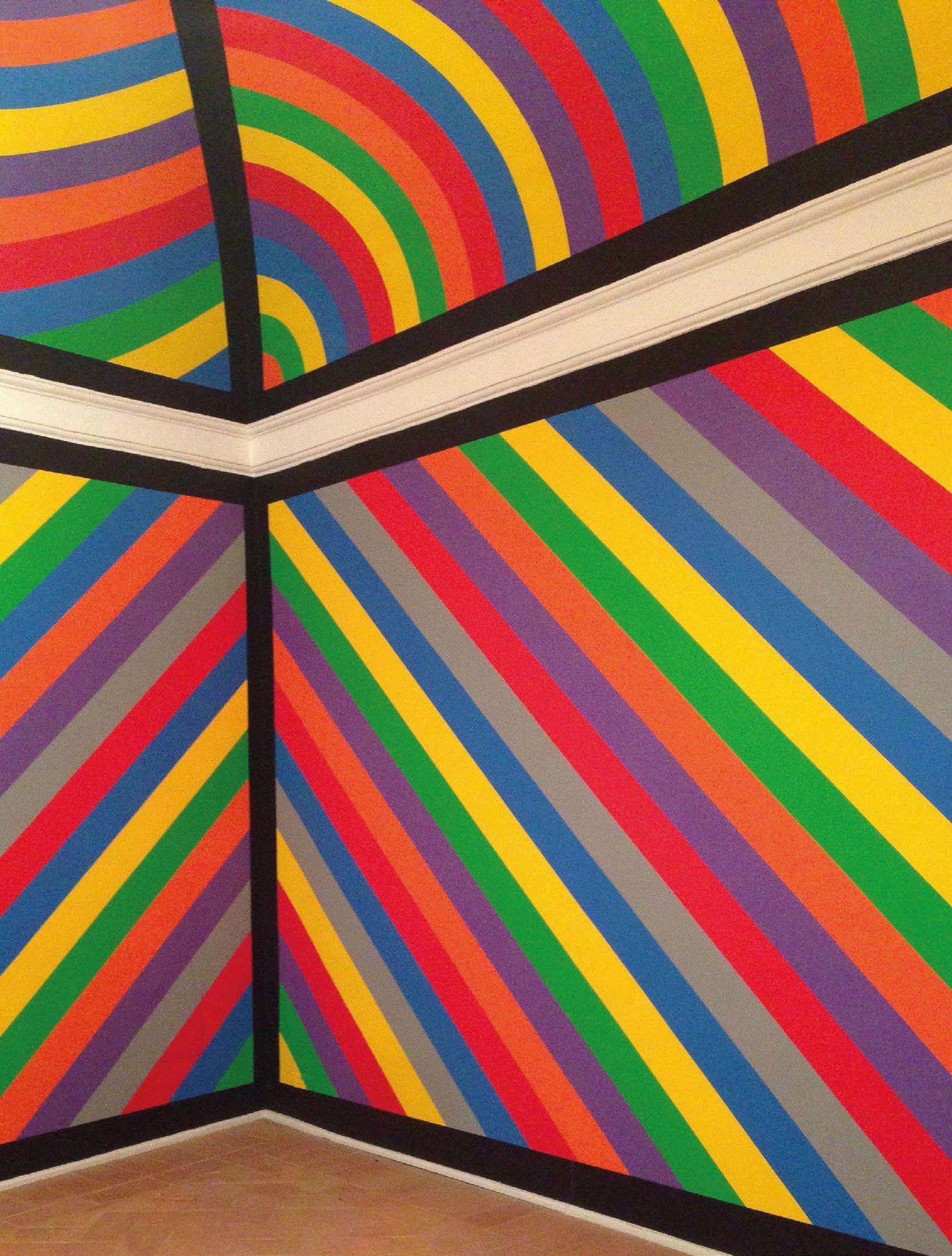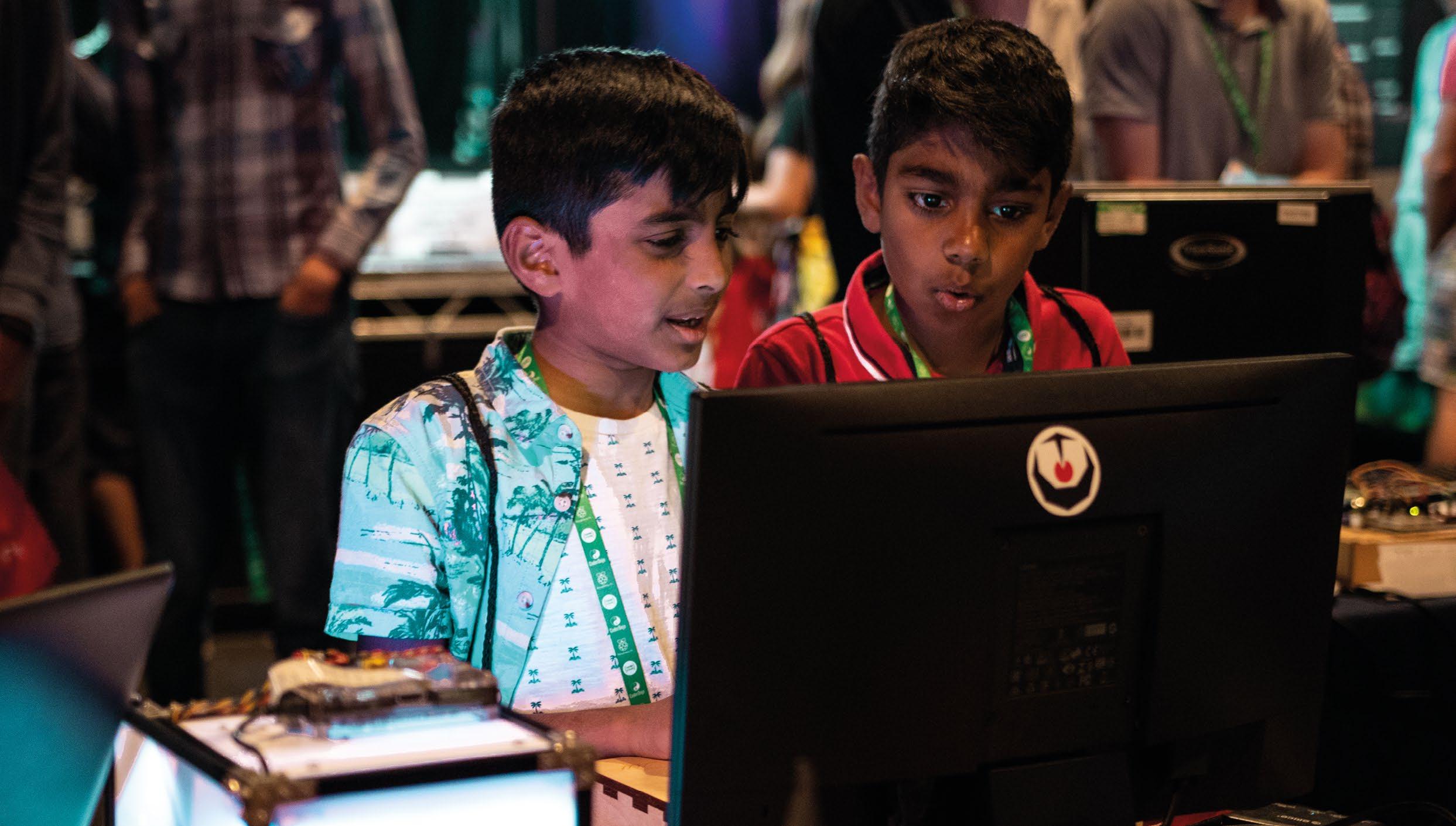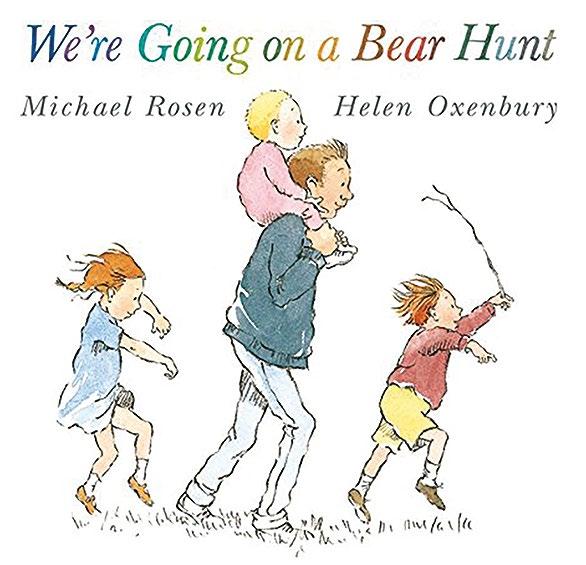FEATURE
n Pupils creatively design, craft, program, and build interactive objects using Snap4Arduino and Arduino with pre-assembled sensors and actuators
BRINGING PHYSICAL COMPUTING TO THE CLASSROOM Why and how should we teach physical computing in computer science education? Here are some useful guidelines for lesson planning and how to apply it in class hysical computing is an interdisciplinary field involving the creative arts and design processes. It brings together hardware and software components, and joins the virtual world of computers to the physical world of humans by using concepts from embedded systems design and its neighbouring disciplines. Products of physical computing make use of sensors and actuators to interact with their environment. Tools include microcontrollers and mini computers, often with extensions to facilitate component handling. Projects are of an iterative nature, quickly leading to working prototypes, such as the interactive garden at the end of this article. When planning and creating interactive objects, the focus is on ideas and intended interactions with the audience or environment. Purposeful tinkering is encouraged, to develop ideas and figure out how things work.
P
Benefits of physical computing
It all makes physical computing a promising approach for introducing embedded systems
132
The Big Book of Computing Pedagogy
and underlying concepts in computer science (CS) teaching at secondary level. Many skills and competencies are gained. Programming concepts and control structures such as decisions, loops, variables, comparisons, or arithmetic operations are used to make objects that can flash lights, move, or make sounds reacting to their environment. Content related to embedded systems design, such as sensors, measurement, control, or common practices when working in larger projects, is also relevant.
In physical computing, pupils learn with (and about) interactive objects and systems, by creating tangible real-world products from their imagination. This can be used to promote creative learning in CS education, and boost students’ motivation. It fits the learning theory of constructionism. In this theory, learning is most effective in contexts where learners construct knowledge and develop competencies from their initiative and for a personally relevant purpose, while engaged in creating visible artefacts. With physical
EXEMPLARY LESSON STRUCTURE n Introduction and motivation: provide examples in a short tutorial session n Tinkering: let learners explore the tools — provide manuals and cheat sheets n Brainstorming: find ideas for projects n Project planning: give guidance with worksheets
n Presentation and discussion: reflect on ideas and plans n Creation: let learners work, in groups of two to four n Exhibition and reflection: present the project to an audience (open-door day, school party, etc.)









































